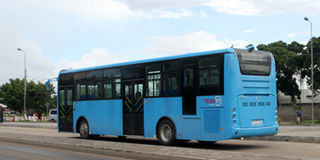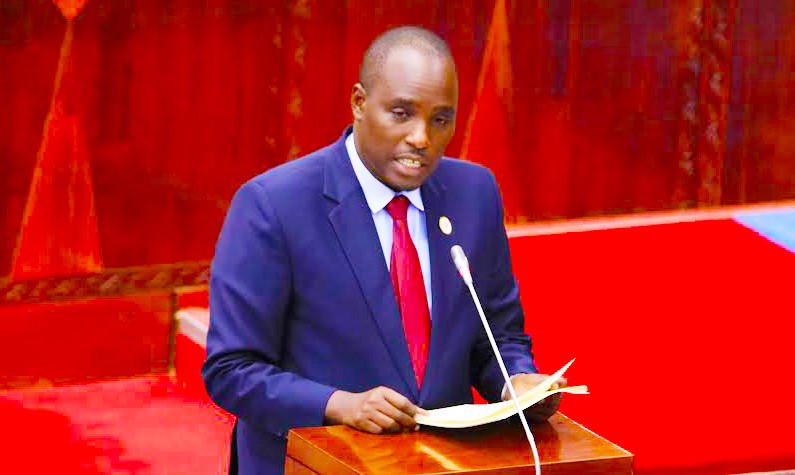Poor have been marginalized in Dar Rapid Transport: Report

What you need to know:
- SOAS University of London senior lecturer Dr Matteo Rizzo who undertook the research said this when launching a book titled “Taken for a Ride” on Monday November 7, 2017 evening.
Dar es Salaam. Despite government’s initiative to improve mode of public transport in Dar es Salaam region through the Dar es Salaam Rapid Transport (Dart), a new study commissioned by Repoa reveals that a majority of the poor have been partially marginalized by it.
SOAS University of London senior lecturer Dr Matteo Rizzo who undertook the research said this when launching a book titled “Taken for a Ride” on Monday November 7, 2017 evening.
Mr Rizzo said that he did the research in phases starting with, UDA mode of transport and liberation of public transport, capital and formal labour, the employment relationship and working condition in daladala’s.
Others include forms and limits of daladala workers solidarity, the struggle of daladala workers nights at works, tracing occupational mobility and bus rapid transport in Dar es Salaam.
He said the research started in 1998 when the country still depended on UDA as public mode of transport all through to 2015 when Dart transport was just being rolled out.
“Despite government efforts to improve public transport in Dar es Salaam where a lot of funding was put in to expand the road, there are still two lanes for middle income earners who can afford the Dart fare of Sh650 and the poor who can only afford Sh400 and get stuck in traffic jam for hours, “he said.
This situation needs to be rectified especially as the project was commissioned through a loan from World Bank which is being paid through public taxes.
Adding that it’s imperative the government devised ways that would ensure all Tanzanians of all walks of life are encompassed in the project.
Further he said, the government has been looking for an investor to own part of the project and would only be good if local investors with a capacity to do so are given the work especially as the project loan is paid through public taxes.
He stressed that the Dart project was initiated through huge injections of cash with intention to phase out daladala mode of transport who had to struggle to maintain their stators quo.
Elaborating he said that when he started the research in 1998 the government was in the process of liberalizing public transport from UDA to daladalas.
However he noted that the working conditions for both daladala drivers and conductors was bad as a majority of them work without contracts.
He noted that a sample he did of the daladala workers in 1998, after 10 years in 2009, 64 percent of daladala workers were still found doing the same job while 36 percent had graduated to either good or bad jobs., while from 2008 to 2014, the number of workers had dropped to 48percent and those graduated to other jobs had increased to 52 per cent.
He said the daladala workers work in difficult conditions from 4.00am in the morning to 12.00 midnight while being abused by their passengers, faulted by traffic police and required to submit their employers pay according to agreement, with no reliable wages for themselves.
In another development Mzumbe University Lecturer Honest Ngowi said the government wanted to misplace the daladala mode of transport without an alternative mode of business.
“Sumatra is required to regulate both daladala and Dart and therefore should understand that some of the former had loans to pay and therefore should protect both of them equally,” he said.
Meanwhile ACT opposition leader Zitto Kabwe said there is a difference between daladala and Matatu mode of public transport in Kenya where the latter is owned by Sacco’s and therefore divide profit between themselves at end-of-life year unlike the former whose jobs are unsecured




